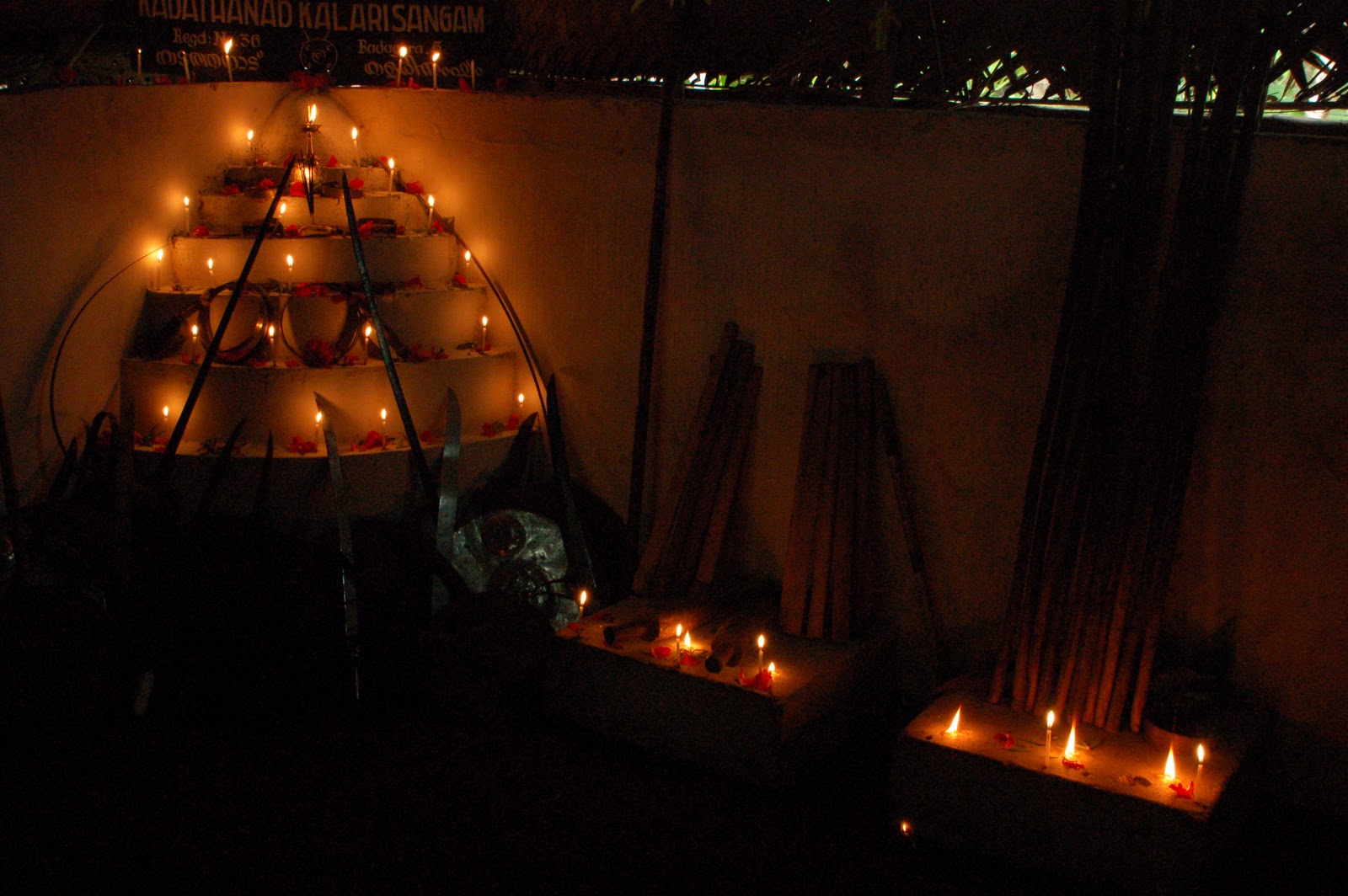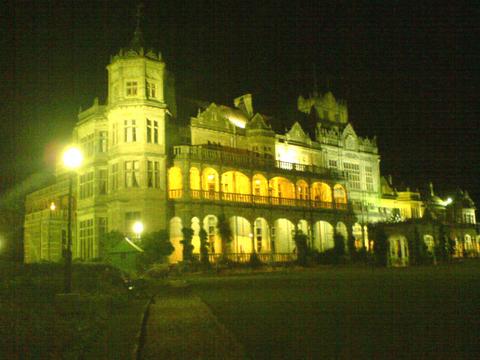Performing Pasts
Performing Pasts, by Indira Viswanathan Peterson, OUP 2008.
The history of Indian classical dances is ridden with the notions of nationalism, colonialism and the associated processes of recasting India in a modern image that went along with them. This is because Indian classical dances cite the ancient Indian dance tradition as heir source, but this tradition was broken during the colonial period.
During the British period there was a hiatus in the state patronage to dance that had existed earlier and a negative association of dancing women as “immoral” developed in the 19th century. This led to a counter-discourse of dance as “appropriate” and subsequent remodelling of Indian classical dances to suit the secular audience in the environment of an auditorium. After Independence, Indian government attempted to patronise dance traditions again and at this point, attempt was made to reconstruct the dance tradition from the historical sources and present it as a glorious tradition that various communities in different regions could identify with, since these dances are regional in character. Because of this trajectory of the historical narrative, Indian classical dances lend themselves well to a study of cultural memory. Issues of nationalism, identity, struggle against the colonial rule and dance as retrieved continuous tradition are important in these studies.
Indira Peterson's book follows this same trajectory while tracing the classical dances of South India, especially Bharatanatyam. She has done a comprehensive study of how these dances evolved while negotiating these complexities. However, the specific characteristics of each dance remains to be explored in the context of this historical evolution. There is a need to bring out these regional specificities so that all writings on Indian dance history don't read the same way. Apart from this, I feel Indira Peterson's book places Indian dance in a clear perspective.















